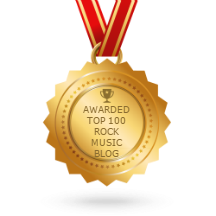by Kev Rowland | Jul 8, 2018 | Reviews
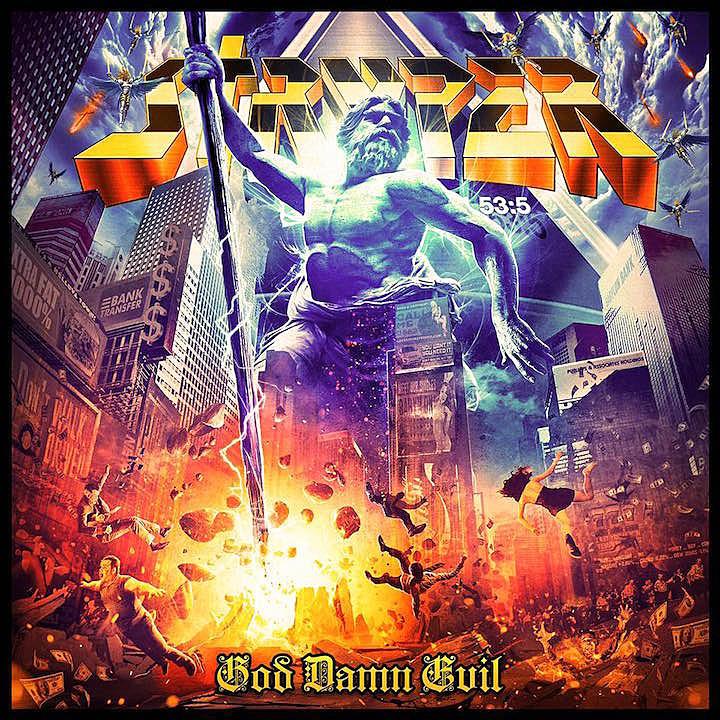
I haven’t considered myself religious for many years, but have no issue with those that do, and consequently am as happy to listen to religious albums as I do that portray cannibalism or Satanism. This means that I probably listen to more music with an open mind than many, as I guess that there are quite a few people who would balk at purchasing an album that is described as White Metal. But, Stryper is a band who I used to admire a great deal. I lost track of them over the years, but still, have their first two albums on vinyl (‘The Yellow and Black Attack’ and ‘Soldiers Under Command’), and their live video from Japan from the same period. My sister bought the album that probably broke them, ‘To Hell With The Devil’, but then the world changed in so many ways. The band eventually broke up in the early Nineties, before reforming in 2003, since which they have been consistently playing and releasing new music. Amazingly they still have the same singer/guitarist (Michael Sweet), lead guitarist (Oz Fox) and drummer (Robert Sweet) as they did when the band was originally formed as Roxx Regime some 35 years ago. Ex-Firehouse bassist Perry Richardson joined in 2017, is only the third incumbent, so they have been incredibly stable.
The opening track, “Take It To The Cross” features a guest appearance from Matt Bachand (Shadows Fall, Act Of Defiance) on death growls, which shows just how far they have come from the glam days when I used to follow them! What has always been the saving grace (sorry) of Stryper for me, is that at the heart of it they are all actually good musicians, who write catchy songs with hooks, and they have a singer with a really great voice. Whereas many other bands with a Christian message tend to stay within that scene, Stryper broke out into the mainstream and have sold more than ten million albums, most to non-Christians. All these years on and they are still as polished as ever, while they may not ever win marks for most original music, this is commercial hard rock that contains edge and melody and those all-important vocals. If, like me, you only remember Stryper from the early days then in many ways they are still the band they used to be, although they are definitely now more metallic than the hard rock pop of yore. A great addition to their canon, and well worth hearing.
7/10
Kev Rowland
by Kev Rowland | Jun 10, 2018 | Reviews
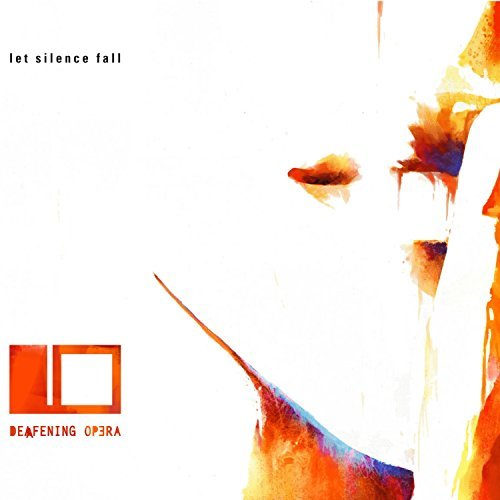
It is some five years since Deafening Opera released their second album, but finally, they are back with their third. Even before putting it in the player I was impressed with the effort that had been put into the presentation, with all lyrics contained in the booklet. This is a concept album, but interestingly there is no explanation of that in the booklet, or in the press release, or on their website as there is an expectation that the listener will work the story out for themselves. I don’t know why it has taken so long for a follow-up, but it is good to see that the six-man line-up are the same as last time, and there is a continuity and tightness that only comes from a band that knows each other well.
They have moved firmly into hard prog territory this time, keeping it tight but never really pushing into prog metal, although they do have their moments. Adrian Daleore has a good clean voice, and by often staying more baritone than many, it definitely provides a distinctive front sound to the band. They state that the sounds they are using are more modern now, and in many ways that is true, although I did feel that they probably have more in common with many of the 90’s neo-prog acts than many of the others that around today, although Riverside continues to be an obvious influence. They are playing some gigs in the near future, and they need to get out and capitalize on this, as they have been taking too long between albums to build a real momentum. The lack of reviews for this album on the web also shows how much they need to build their profile, which is a real shame as yet again they have produced a strong album, with some interesting ideas that have been well produced. It may not be essential, but it is certainly well worth investigating. www.deafening-opera.de
7/10
by Kev Rowland
by Kev Rowland | Jun 10, 2018 | Reviews
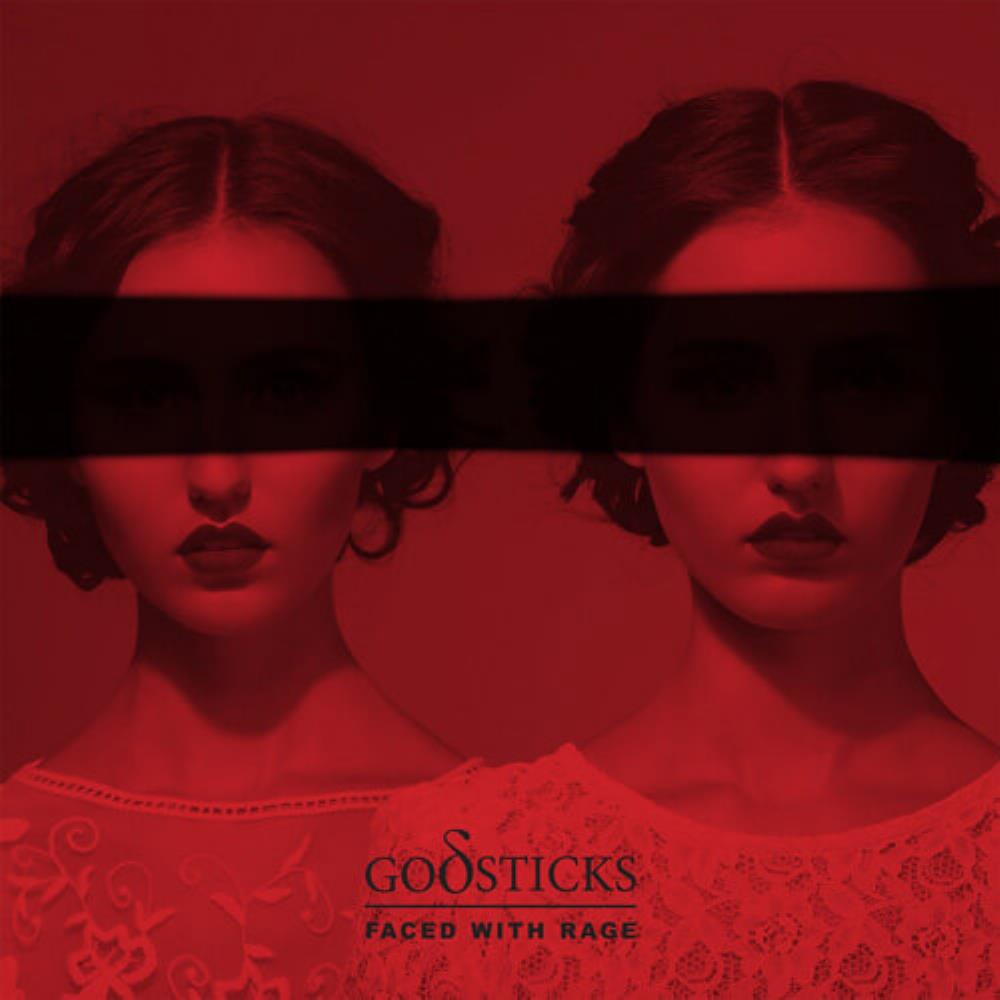
The latest album from Welsh proggers Godsticks showed some changes in the band, as for the first time it sees them as a four-piece with drummer Tom Price, who replaces Steve Roberts (who had been in the band since 2010) and additional guitarist Gavin Bushell, which allows the band to be more aggressive and punchy than previously. They join Darran Charles (who also performed on The Pineapple Thief’s 2016 hit album ‘Your Wilderness’ and is part of their live touring band) who provides vocals and guitar along with bassist Dan Nelson. Lyrically, ‘Faced With Rage’ explores the theme of people dealing with emotional conflict in different scenarios, and who have a powerful desire to change their behavior or situation.
These guys are very much in the modern field of progressive rock, taking influences from Tool, Porcupine Tree, System of a Down, Radiohead and the aforementioned The Pineapple Thief and Bruce Soord. Actually, unless they’re careful they might even find themselves becoming beloved of the mainstream media as they are far more angular and indie rocky than one would normally think of with a prog act. With their approach and layering wall of sound there are also times when they come across as a more vibrant and energized Muse, and when listening to this I often find myself having closed my eyes and am just moving to the beat, not something one would normally expect from prog! I know I am late to the piece, as the album has already been out six months, but I am incredibly glad that I have finally heard it, as it is well worth investigating by anyone who has ever bemoaned that too many prog acts sound like Genesis.
8/10
by Kev Rowland
by Kev Rowland | Jun 10, 2018 | Reviews
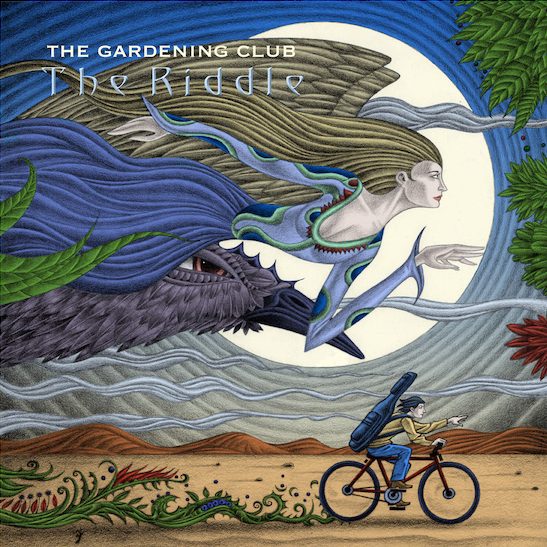
One of the highlight reissues for me last year was ‘The Gardening Club’ by Martin Springett. It had been released in 1983, but last year was picked up and reissued by Gonzo Media, and I was fortunate enough to get a copy. I reviewed it at the beginning of 2018 and really thought that would be the end of it, as I knew that Martin had become a well-known and sought-after artist. What I didn’t realize was that in the intervening years he had kept recording and writing songs, and he read my review on one site and tracked me down through another and got in touch. The result is I am now listening to the new album, which is now by a band named after the original release. Martin Springett still provides all vocals plus acoustic guitar, and he is joined by Sean Drabbit, Wayne Kozak, James MacPherson and Norm MacPherson.
As one would expect, the CD itself is visually very appealing with wonderful artwork throughout the booklet, tray card and even the CD itself. It fits perfectly with the music as well, which still has strong elements of ‘Breathless’ era Camel and Anthony Phillips (as did the earlier release), but here there are also strong elements of Roy Harper (particularly), Rog Patterson and the Strawbs. Nothing is rushed, and there is no feeling of constraint as the guys go where the music takes them, which is sometimes acoustic and sometimes electric, sometimes pastoral and at others more electric or driving. The result is yet another album that is full of melody and stylings that is more progressive in attitude than it is in sound. Although the version I have has been self-released, I am convinced that this will soon be picked up by a label which can provide the support it needs, as this needs to be heard by those who enjoy good music. There is a naivety within it that hearkens back to the Seventies, a fretless bass that provides warmth with the dexterity, acoustic stringed instruments that all strive to be heard while over the top are Harper-esque vocals that are so perfectly in keeping with it all. These are songs, real songs, not extended workouts and the album is a total delight throughout. The Gardening Club is already recording new songs for their next release, yet this has only just come out. Martin is certainly making up for lost time.
Welcome
9/10
by Kev Rowland
by Nick | Jun 10, 2018 | Reviews
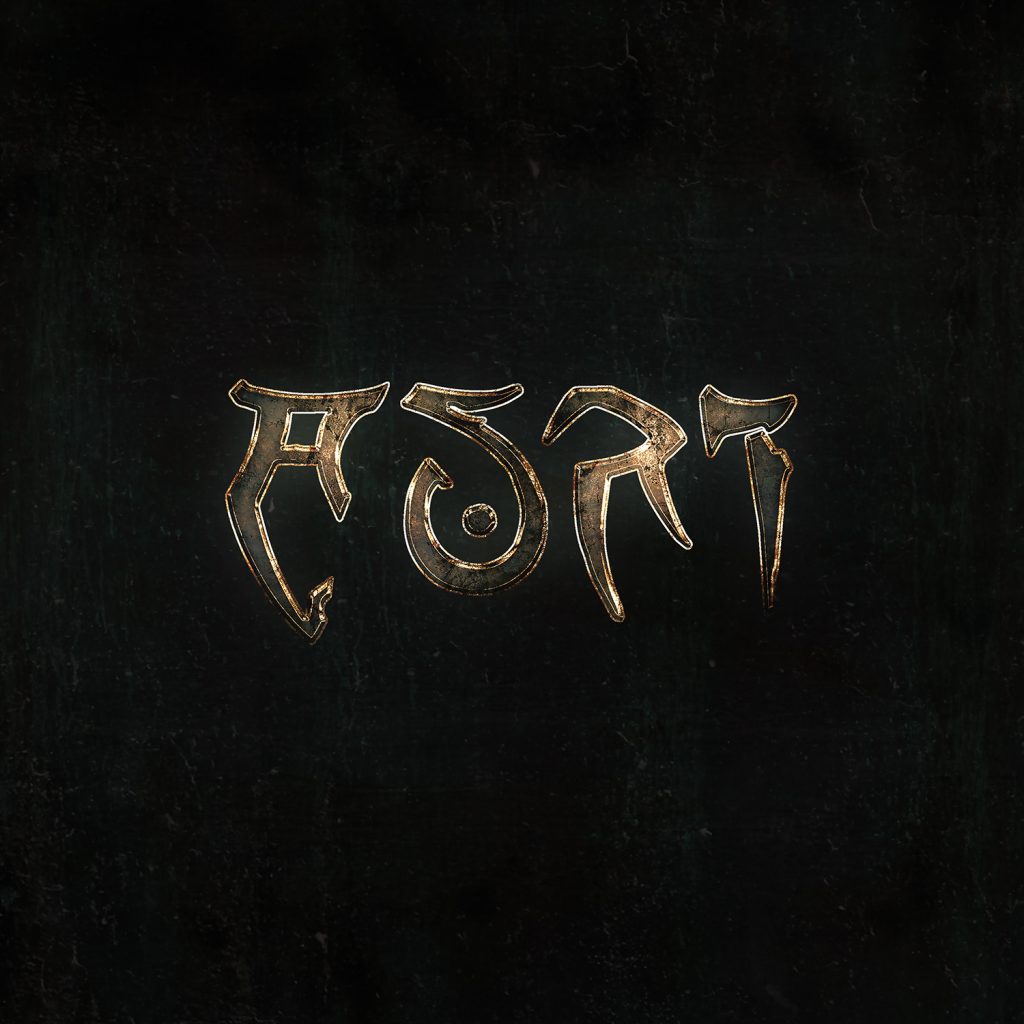
As I started listening to this album I was instantly reminded of Iona, and their classic Celtic stylings, but for some reason, I also kept thinking of elements of Nightwish, which didn’t make any sense to me at all. It was only when I finally read the press release that I realized what was going on, as what we have is in many ways a collaboration between the two. Troy Donockley has long been seen as the “go to “ person when pipes are required: I first came across him when he was in Iona, and since then he had made his name featuring with many great bands before becoming a member of Nightwish. Of course, Tuomas Holopainen is the musical mind behind that band, and he and Troy are great friends, seeing each other socially as well as when Nightwish are working. They are also both friends with Johanna Kurkela, and back in 2011 the three of them recorded a demo of Troy’s, “Aphrodite Rising” (the finished version of which appears on the album), which led them to believe that they should undertake some further work together. But, Nightwish was in ascendance and incredibly busy so there was just no time, although in 2017 when the decision was taken to have a break, it meant that they could get back together, write some more material, and Auri was born.
The trio of Johanna Kurkela (vocals, viola), Tuomas Holopainen (keyboards, backing vocals) and Troy Donockley (guitars, bouzouki, uilleann pipes) are joined by various unnamed musicians, and they have created a mostly acoustic album that can truly only be described as “beautiful”. Iona, Clannad, Enya and early Nightwish have all had their part to play. Tuomas plays far more piano than keyboards, while Troy has a deft approach to anything he touches, and Johanna’s vocals are simply stunning. No effects, just a little reverb, and she is always front and center – no need for autotune here. The music at times is incredibly simple, almost naked in its naivety and clarity, yet there are also layers of complexity and the arrangements are perfect in the way they combine melody and dynamics yet never detract from Johanna. I am a huge fan of Nightwish, and have pretty much all their albums, yet would be happy for that band to be on hiatus for just a little longer if that means that we can get another album from Auri as I could listen to this all day.
9/10
by Kev Rowland






